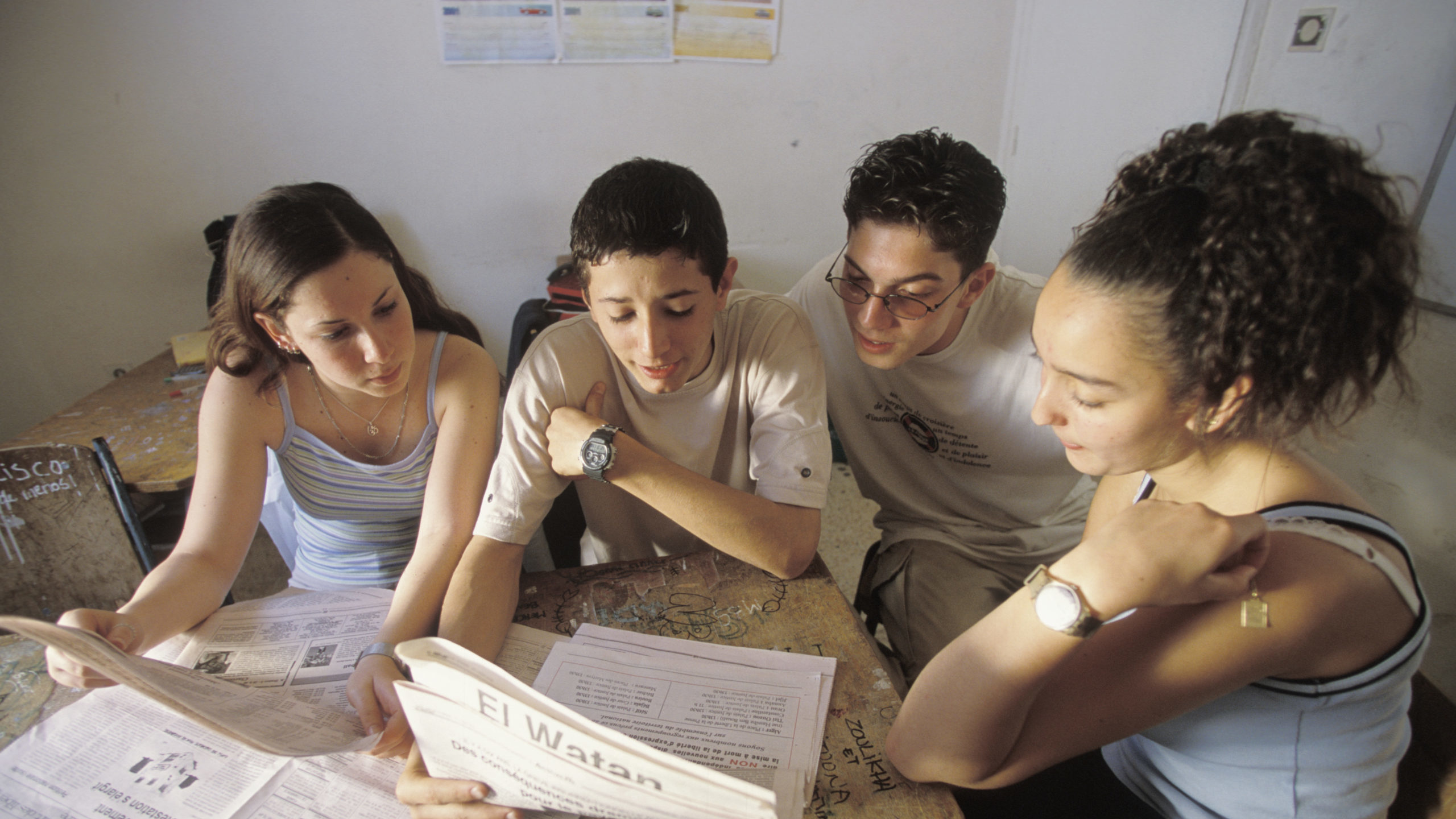organisation
Started in 1994 in Côte d’Ivoire, Le Mouvement Africain des Enfants et Jeunes Travailleurs (MAEJT) is a child-led organisation aimed at protecting working children and youth. MAEJT currently operates in 27 countries throughout Africa, primarily in West Africa and has an estimated 270,955 active members. Members are organised first into ‘grass-roots’ groups based on location or vocation, and they work together to address issues that affect them and the children and youth around them. Groups are further organised into regional and national associations.
A general assembly meets every three years, bringing together association representatives from each country. These gatherings are an opportunity for members to review their activities and make guidelines for the following years. The majority of MAEJT members are children under the age of 18 and more than half of the members are girls. To ensure that the movement remains child-led, all new members must be under 18 and once a member reaches the age of 24 they must transition out of leadership positions. The activities of the grass-roots groups are for children and led by children.
Activities of different grass-roots groups are specific to each group’s needs and capacities. However, all their actions are united in their adherence to the 12 child rights established by the founders of MAEJT. These 12 rights represent a working translation of the UNCRC which is accessible and relevant to MAEJT’s members. These rights are: to read and write; to express oneself; to be taught a trade; to play and have leisure; to have health care; to be listened to; to rest when sick; to work in safety; to be respected and have dignity; to stay in the village; to do light and limited work; and to have access to equitable justice. Resources for members of MAEJT are also in a format accessible to their target audience. Instructional videos are designed with simple messages conveyed by relatable cartoon characters and posters and leaflets are clear whether the viewer is literate or not.






